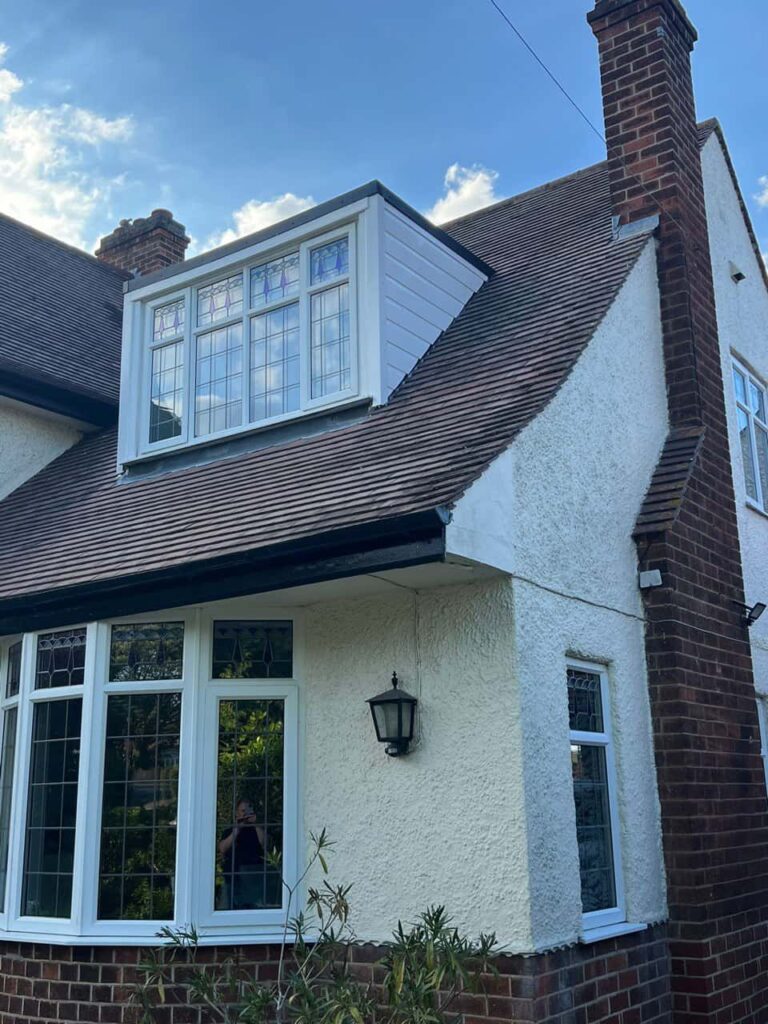Introduction: When it comes to maintaining industrial buildings, the roof is one of the most critical components. A damaged roof can lead to significant operational disruptions, safety hazards, and costly repairs. At Cotgrave Roofing Repairs, we understand the urgency and complexity of addressing roofing issues in industrial settings. This guide will help you understand the steps and considerations involved in emergency roof repairs for industrial buildings.
1. Identifying the Problem
Regular Inspections
The first step in emergency roof repairs is early identification. Regular inspections can help spot potential issues before they escalate. Look for signs of damage, such as leaks, cracks, missing shingles, or pooling water. These can indicate underlying problems that may require immediate attention.
Leak Detection
Water ingress is a common issue in industrial roofs. Due to the large surface area and multiple layers, identifying the source of a leak can be challenging. Use water detection tools and inspect areas around roof penetrations like vents, skylights, and HVAC units.
2. Immediate Action
Temporary Repairs
Once a problem is identified, taking immediate action to mitigate damage is crucial. Temporary repairs such as tarping or sealing can help prevent further water ingress until a permanent solution can be implemented. Ensure these temporary measures are secure and stable, especially in adverse weather conditions.
Safety First
Safety is paramount during any roof repair. Ensure all safety protocols, including harnesses, safety nets, and appropriate footwear, are followed. If the damage is extensive, it may be necessary to restrict access to the affected area to prevent accidents.
3. Assessing the Damage
Professional Inspection
After initial containment, a thorough inspection by a professional roofing contractor is essential. This assessment will determine the extent of the damage and the best course of action for permanent repairs. Professionals have the expertise to identify issues that may take time to be visible.
Structural Integrity
Assess the roof’s structural integrity. Damage to the roofing material can sometimes compromise the underlying structure. Check for signs of sagging, cracks in the support beams, or other structural damage that may require immediate attention.
4. Choosing the Right Repair Method
Material Matching
For a seamless repair, it’s important to match the existing roofing materials as closely as possible. This ensures aesthetic continuity and maintains the roof’s integrity and performance. Consult with your roofing contractor to source the appropriate materials.
Repair vs. Replacement
In some cases, repairing the damaged section may suffice. However, if the damage is extensive or the roof is nearing the end of its lifespan, a full replacement might be more cost-effective in the long run. Your contractor can help you weigh the pros and cons of each option.
5. Implementing the Repair
Expert Execution
Ensure that experienced professionals carry out the repairs. Industrial roofing repairs can be complex and require specialised knowledge and equipment. At Cotgrave Roofing Repairs, our team is trained to handle all industrial roofing systems and ensure high-quality workmanship.
Weather Considerations
Plan repairs around the weather forecast. Avoid undertaking major repairs during adverse weather conditions, as this can compromise the quality of the repair and pose safety risks. Schedule the work when the weather is expected to be stable.
6. Preventative Measures
Regular Maintenance
Preventative maintenance is key to avoiding emergency repairs. Schedule regular inspections and maintenance checks to catch potential issues early. Cleaning gutters, checking for loose shingles, and inspecting roof penetrations can help extend the life of your roof.
Weatherproofing
Consider additional weatherproofing measures to protect your roof from extreme weather conditions. This might include applying a protective coating, reinforcing vulnerable areas, or improving drainage systems.
7. Documentation and Insurance
Keep Records
Document all repairs and maintenance activities. Keeping detailed records can help with insurance claims and provide a history of the roof’s condition and the work performed.
Insurance Claims
If the damage is covered by insurance, contact your insurer promptly. Provide them with all necessary documentation, including photos of the damage, inspection reports, and repair estimates. Working with a roofing contractor experienced in handling insurance claims can simplify this process.
Conclusion: Emergency roof repairs for industrial buildings require prompt and effective action to minimise damage and ensure the facility’s safety and functionality. Regular inspections, immediate temporary repairs, professional assessments, and timely permanent repairs are crucial steps in this process.
Call us on: 0115 647 1193
Click here to find out more about Cotgrave Roofing Repairs
Click here to complete our contact form and see how we can help you with your roofing needs.

